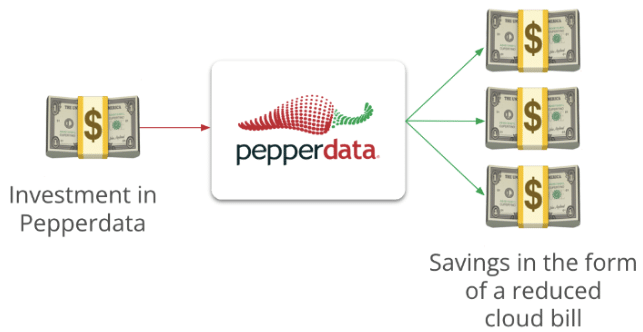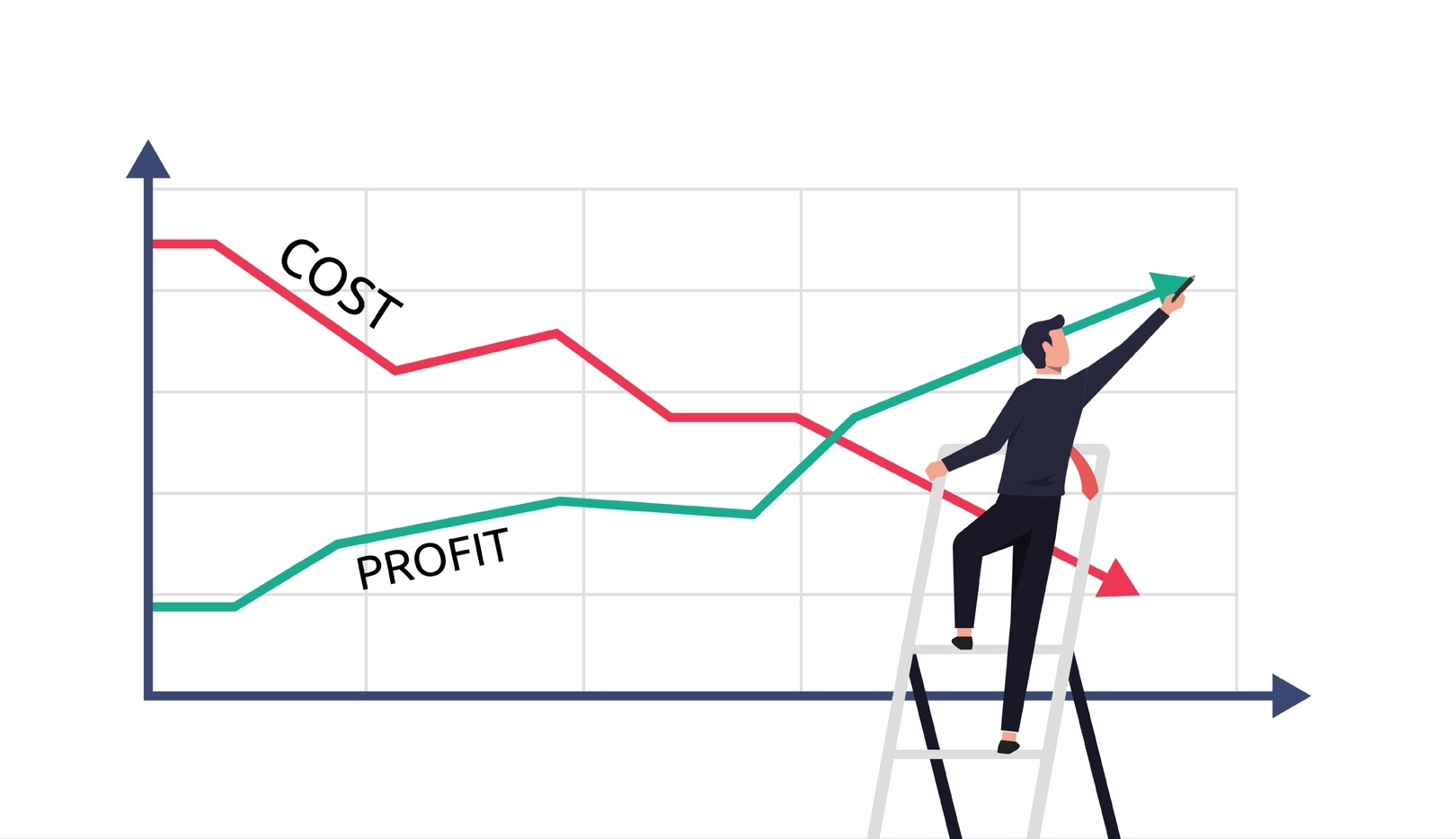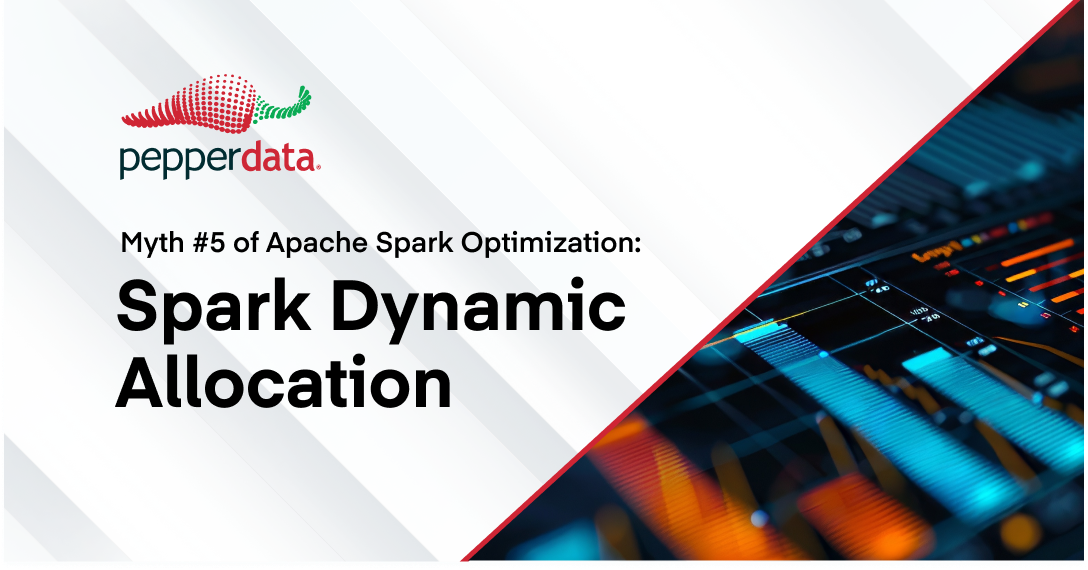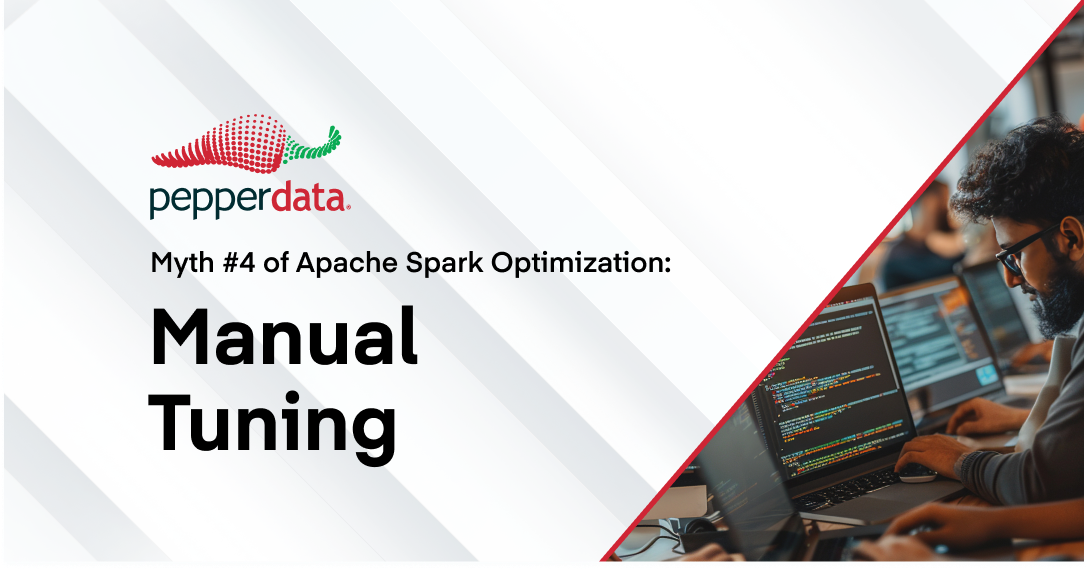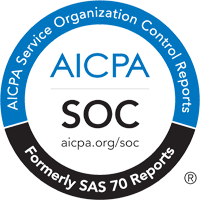July 01, 2025 | 3 MIN READ
Read More
Pepperdata Helps Karpenter Work Better
Running Kubernetes on AWS? You're probably using Karpenter, the open-source autoscaler that dynamically provisions new instances as your...
May 15, 2025 | 7 MIN READ
Why Manual Tuning Fails: A Better Way to Optimize Kubernetes Workloads
Read More
February 28, 2025 | 7 MIN READ
The 5 Reasons to Buy (And Not Build!) Your Cost Optimization Solution
Read More
January 13, 2025 | < 1 MIN READ
How a Global Technology Firm Realized Up to 25% Cost Savings
Read More
August 14, 2024 | 6 MIN READ





